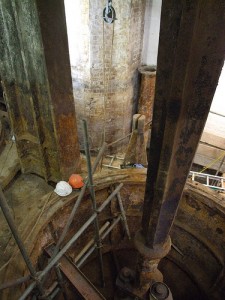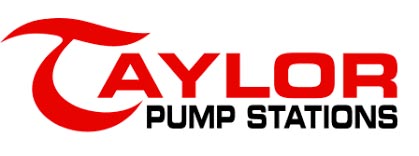Are you aware June is Save a Pump Month?
Because a pump is a terrible thing to waste…
 Water and waste operators everywhere know the work horses of any municipal water or waste water system is the pump. That is why many officials in the public and private sector, as well as manufacturers have joined with Taylor Pump Stations in proclaiming June as save a pump month.
Water and waste operators everywhere know the work horses of any municipal water or waste water system is the pump. That is why many officials in the public and private sector, as well as manufacturers have joined with Taylor Pump Stations in proclaiming June as save a pump month.
Save a pump month, How can I get involved?
So, what can we as professionals in the pump industry do to protect the pump motor and of course the pump end of this vital machine. We must be aware of the importance of taking care of some basic preventative maintenance tasks that when done routinely will prolong a pumps life. In the water and waste water industry it is primarily the roto-dynamic (centrifugal) pump that in many cases works around the clock 365 days a year. It is an amazing machine, one worthy of being at the top of the asset management priority ;public work directors-supervisors and field technicians are very aware of the long term benefits of a daily, weekly, monthly, quarterly, semi and annual inspection & maintenance schedule.
Experienced public works employees and private sector tradesman recognize that it its not just servicing the pump and motor itself but caring for the key equipment and varying components of pumping station that can truly extend a pumps MTBF (mean time before failure).
So what better way to “stay in the flow” and keep the flow going for this first annual save a pump month than by following the “Big 10” pump maintenance items.
- Get a good base line of what is normal for your pumping operation. I.E. by using your eyes, ears, feel and smell you’ll begin to sense ahead of time any problems. It’s a little “zen” but it works.
- It varies with the type of station but visually and operationally check the on/off level switches for proper operation, I.E. make sure floats are not “ragged up” or tangled.
- Know enough of the alternating switch cycle that the lead/ leg pump operations is functioning.
- Your pumps need the proper amount of ” juice” and on a 3ph motor that means the amount of voltage per the name plate on all 3 legs, with the allowable voltage variance of approximately 5%. Be sure to check the amperage that the motor is drawing, also available on the motors name plate. Given both inputs of voltage and amperage, the technician gets a good picture of the electric motors operating condition; which is key to the proper operation of the sewage pump station. Hazardous Voltages are present in motor control panels-don’t attempt to check voltage without proper training.
- Manually insure the alarm is working by operating the switch or test button, the same goes for the alarm light.
- Pay close attention i.e. be detailed in watching the read out of the PLC. Pump fault readouts-levels or any other alarm function is of no benefit unless you’re monitoring the readout with the knowledge of what constitutes the abnormal. I guess it goes without saying-you must be trained then use that training to understand the pumps vital signs.
- Check the seals on the MCC doors. Insure the seal has not been compromised. A 4x NEMA enclosure is not a 4x seal rated if damage has occurred to the door latch or gasket.
- Check for loose bolts and evident hardware deterioration-i.e. be a good housekeeper.
- Activate valves-to insure a unfrozen condition. Grease when necessary-operate spring spring check valves-insure a good seal.
- Kind of a catch all-pull submersible pumps periodically for a visual operational check. If at every maintenance interval a digital laser ray thermometer is used for temp check of all mechanical equipment it will create a baseline to note any spikes in heat, indicating a problem. Be constantly vigil of resonance or vibration. Finally clean the pump basin out on a semi annual basis. A word of caution here! A sewage pump station is one of OSHA’S highest level danger rated confined space environments. Do not enter under any circumstance without following the regulations. The EZZ-Klean™ device as manufactured by Taylor Made Pump Stations is an excellent way to clean a station without subjecting workers to the harmful environment below.
Each pump application will have its own set of plans. But use these maintenance ideas along with your own and make June and every month trouble free in your pumps life. Part of save a pump month is getting this knowledge out there, so pass the information along.

